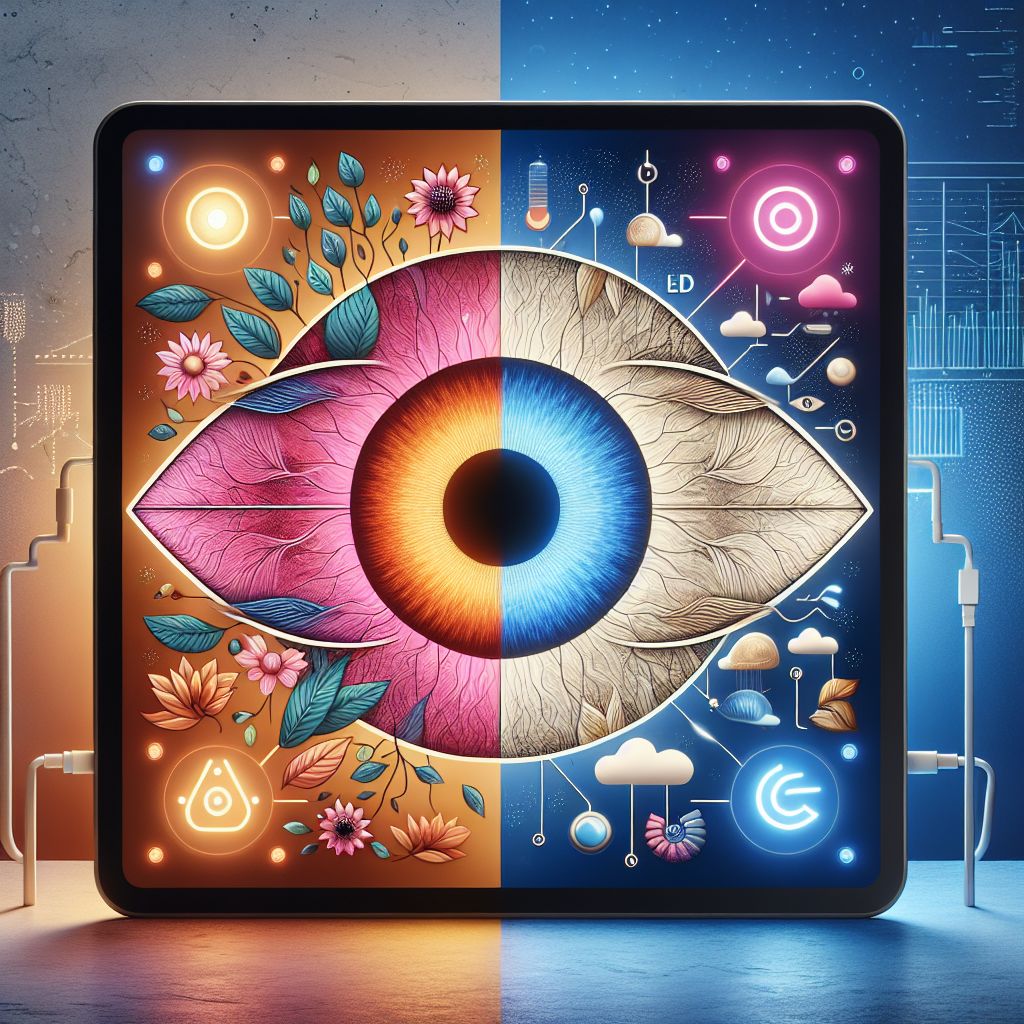
Admit it, screens have become an integral part of our lives, and we can’t escape them. However, what if I told you that the solution to screen fatigue could be found in nature and some clever tech tweaks? That’s correct, the bright pigments in some fruits and vegetables, known as anthocyanins, combined with the correct LED light settings, can make a big difference for your weary eyes.
Main Points
Anthocyanins, which are found in colorful fruits and vegetables, can aid in relieving screen fatigue.
Modifying LED light settings can lessen the detrimental effects of blue light on your eyes.
A synergy that protects your vision is created when you combine anthocyanin-rich foods with the right LED lighting.
Simple daily habits can naturally increase your anthocyanin intake.
Taking a proactive step towards eye health by customizing your screen environment with the right LED settings.
Let’s now explore how these natural and technological solutions can work together to help you bid farewell to tired, strained eyes. Get ready to enhance your vision with some colorful knowledge and lighting expertise!
Get to Know Anthocyanin: Your Natural Defense Against Screen Fatigue
What is Anthocyanin and Where Can You Find It?

Anthocyanins are pigments that lend red, purple, and blue plants their vibrant hues. But they’re more than just pretty to look at. These compounds are potent antioxidants with a host of health benefits, especially for our eyes. You can find anthocyanins in everyday foods like blueberries, blackberries, cherries, and red cabbage, making them easy to add to your diet.
But it’s not just about the color. These natural wonders have been found to support the health of the retina, improve night vision, and reduce inflammation, which can help alleviate the effects of looking at a screen all day.
Understanding the Role of Anthocyanin in Eye Health
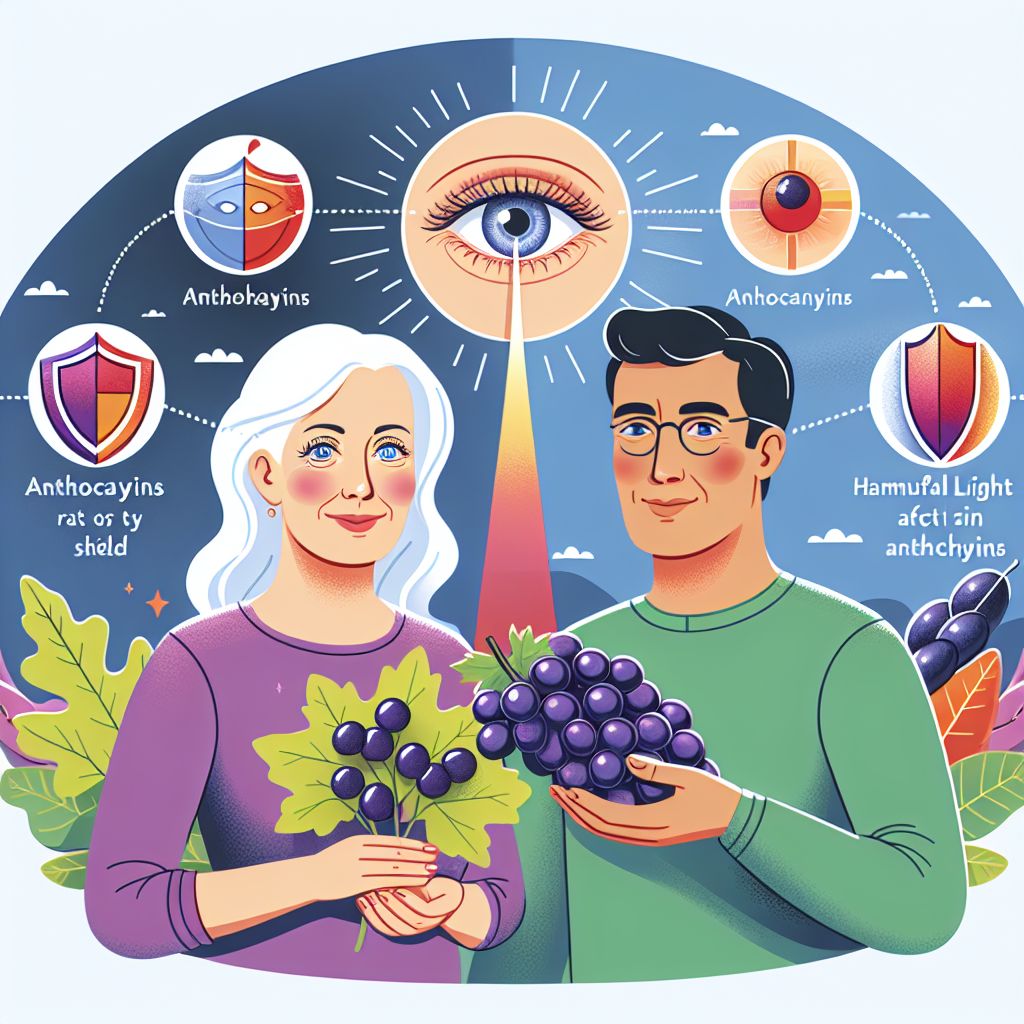
Studies indicate that anthocyanins can shield the eyes from specific types of light-related harm. They aid in the restoration of rhodopsin, an eye protein that enables us to see in dim light. Additionally, their anti-inflammatory attributes may lower the likelihood of vision issues linked to extended screen time.
Crucially, these compounds are believed to fight against oxidative stress, a leading cause of screen fatigue. Anthocyanins can help maintain the freshness of your eyes even after several hours of screen time by neutralizing harmful free radicals.
Are LED Lights Good or Bad for Your Eyes?
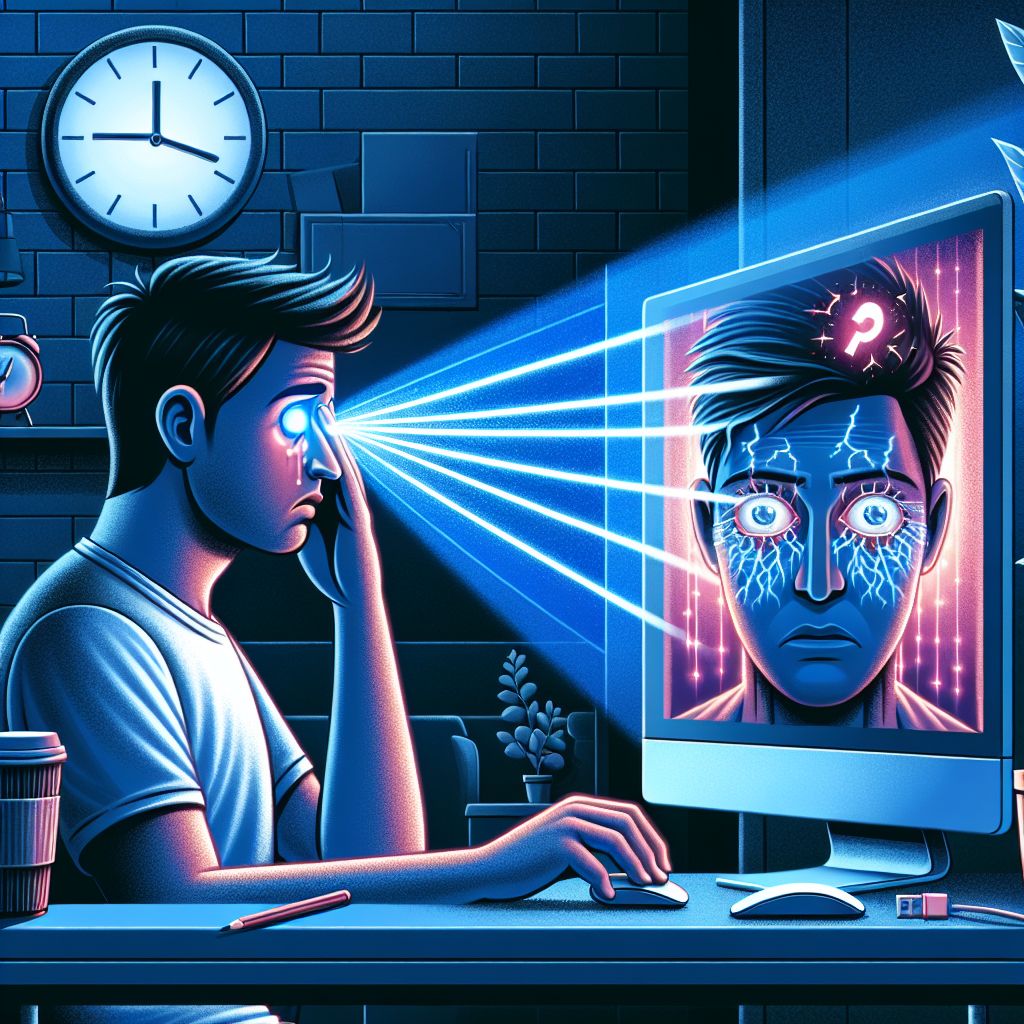
LED lights are omnipresent – they are in our screens, in our homes, and in our workplaces. They are energy efficient and durable, but they also emit blue light, which can be both beneficial and harmful to our eyes. Overexposure to blue light, particularly from screens, can result in digital eye strain, sleep disruption, and fatigue.
Unraveling the Effect of LED Light on Eyesight
LED lights have transformed the way we light up our surroundings, but they have also brought about a fresh problem for our eyes. The blue light that LEDs give off can reach as far as the retina, which could cause harm over time. This exposure is what leads to screen fatigue, because our eyes are not naturally designed to efficiently block out blue light.
So, it’s important to know how to control your exposure to LED light to keep your eyes healthy in our technology-dependent society. With a few easy adjustments to your screen settings, you can create a more eye-friendly atmosphere that reduces the strain on your eyes.
Make Your Screen Time Healthier with LED Light Adjustments
You have the power to make a change. By adjusting the brightness, contrast, and color temperature of your LED screens, you can significantly decrease eye strain. For example, if you lower the screen brightness to match the light in your room, you can prevent your eyes from overworking. Also, using features like “night mode” or “blue light filters” on your devices can help to decrease blue light exposure, especially before you go to sleep.
It’s not just about reducing the amount of blue light that hits your eyes; it’s also about making your screen more comfortable to look at. Consider investing in accessories like anti-glare screen protectors or glasses that filter out blue light. These minor adjustments can have a major impact on protecting your eyes from the harsh effects of staring at a screen.
Remember, overcoming screen fatigue isn’t just about a single quick fix; it’s about a combination of smart choices that create a harmonious environment for your eyes. Stay tuned as we explore more about how to seamlessly integrate anthocyanin-rich foods and LED light adjustments into your daily routine for optimal eye health.
How to Incorporate Anthocyanin into Your Daily Life
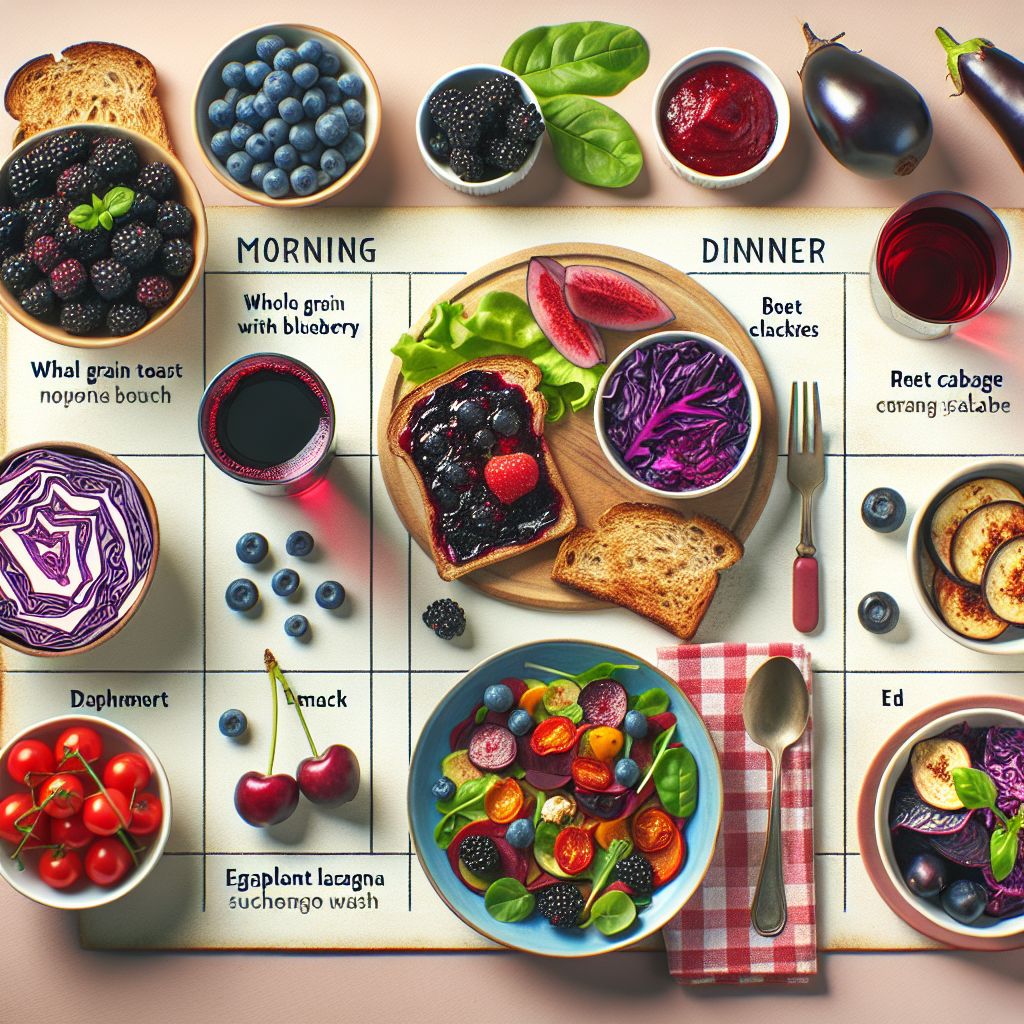
When it comes to using anthocyanins to fight screen fatigue, it’s not as simple as occasionally eating a handful of berries. It’s about making them a regular part of your daily diet. Anthocyanins are water-soluble pigments, which means they don’t stay in your body for long. So, it’s important to consistently eat them. Try to incorporate anthocyanin-rich foods into your meals or snacks throughout the day to maintain a constant supply of these eye-friendly antioxidants in your body.
How to Protect Your Eyes from Screen Fatigue Naturally
Anthocyanins and the right LED light settings can do wonders for your eyes. But how can you incorporate these into your daily routine? Here are some practical tips.
Begin your day with a berry smoothie to get a good start on your anthocyanin intake.
Adjust your screen brightness to match your surroundings to prevent too much glare.
During your screen breaks, snack on fruits high in anthocyanin like cherries or grapes.
Use apps or the settings on your devices to filter out blue light, especially in the evenings.
If your diet is lacking these nutrients, consider taking an anthocyanin supplement.
By incorporating these habits into your daily routine, you will be taking a proactive approach to preserving your eye health and naturally overcoming screen fatigue.
Remember to blink! It may seem trivial, but blinking regularly helps to keep your eyes hydrated and can reduce the chances of dry eyes, a common symptom of screen fatigue. So, try to make a habit of blinking more often when you’re staring at a screen.
Another helpful trick is to adhere to the 20-20-20 rule: every 20 minutes, gaze at an object 20 feet away for a minimum of 20 seconds. This easy habit can aid in relaxing your eye muscles and avoiding strain.
How to Include Anthocyanin in Your Daily Diet
Looking for ways to add more anthocyanin to your diet? It’s not as hard as you may think. Here’s how:
Top your cereal or oatmeal with frozen berries.
Pair your lunch with a side salad that includes dark, leafy greens and a handful of dried blueberries or cranberries.
Instead of your typical dessert, have a bowl of mixed berries, possibly with a scoop of Greek yogurt for extra protein.
These easy changes can greatly increase your daily anthocyanin consumption without the need for a total diet transformation.
Creating a Screen-Safe Environment with LED Lighting
LED lighting is not just about reducing blue light exposure, but also about creating a space that supports your vision. Choose bulbs labeled “warm white” or those with a color temperature below 3000 Kelvin as they emit less blue light. Position your screens in a way that doesn’t have direct glare, and consider a desk lamp with an adjustable shade so you can direct the light where you need it most without it shining directly in your eyes.
Feeding Your Eyes: Simple Recipes Rich in Anthocyanin
Let’s cook some tasty, eye-healthy recipes rich in anthocyanins. These simple-to-create dishes will not only please your palate but also provide your eyes with the nutrients they need to stay focused.
Super Smoothie with Blueberry and Spinach
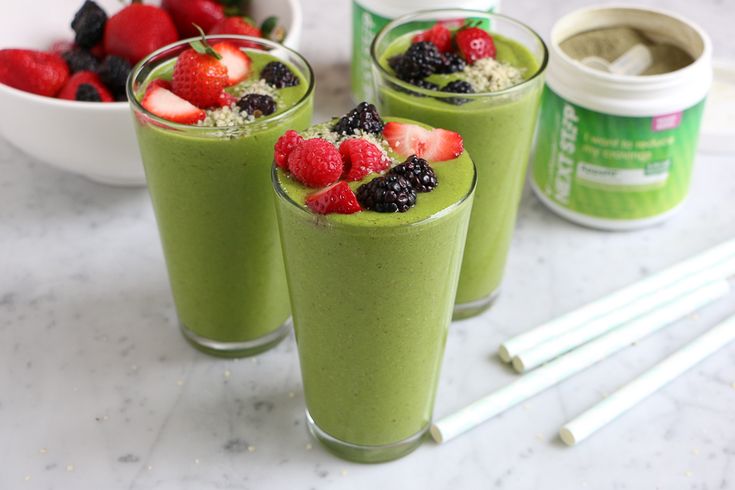
“Berry Spinach Smoothie” from www.pinterest.com and used with no modifications.
On-the-go snack: Cherry Almond Oat Bars

“Cherry Almond Oat Bars {gluten-free, vegan}” from www.runningwithspoons.com and used with no modifications.
Filling lunch: Hearty Blackberry Quinoa Salad
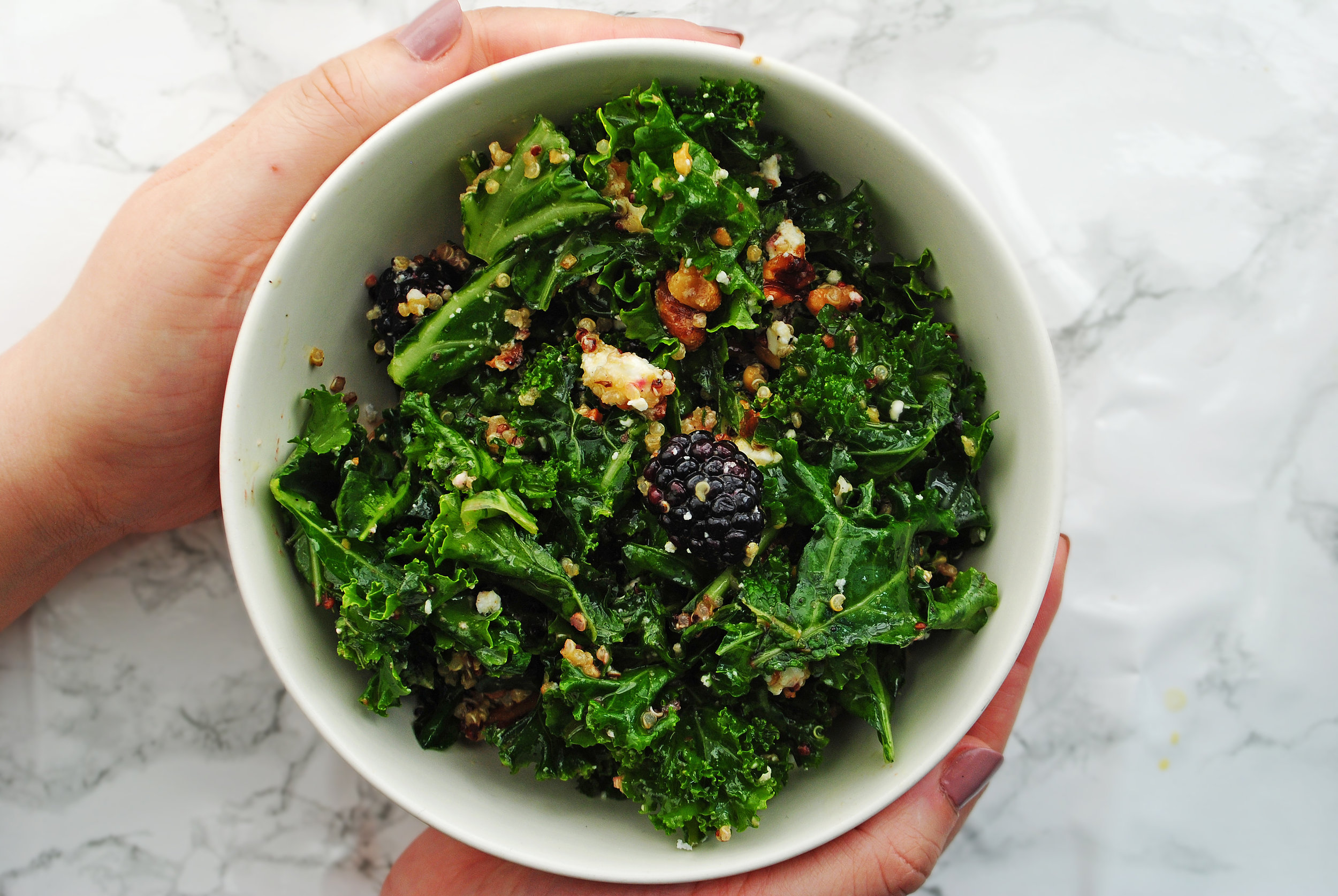
“BLACKBERRY QUINOA SALAD WITH LEMON MINT …” from www.gateaugato.com and used with no modifications.
Flavorful dinner: Grilled Eggplant with Pomegranate Salsa
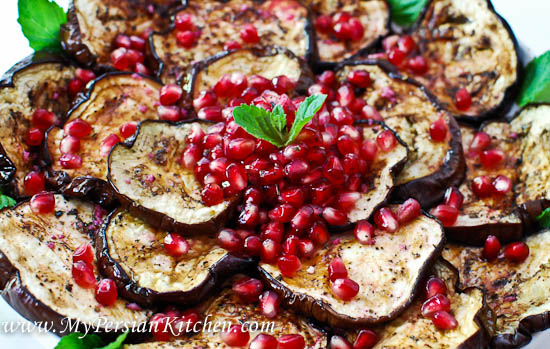
“Eggplant With Pomegranate & Mint Dressing |” from www.mypersiankitchen.com and used with no modifications.
These recipes are not only delicious, but they’re also designed for convenience, no matter your lifestyle. Whether you’re at home or on the go, you can enjoy these foods rich in anthocyanins and keep your eyes feeling great.
Easy Snacks to Increase Your Anthocyanin Intake
When you’re staring at a screen for long periods, it’s important to snack wisely. Here are some quick and simple snacks that are rich in anthocyanins:
Raw blueberries or a mix of freeze-dried berries
Almonds covered in dark chocolate (make sure the dark chocolate has a high cocoa percentage)
Acai berry smoothie packs for a cool treat
These snacks are not only easy to grab but also offer a fast way to get more anthocyanins, which can help shield your eyes from screen fatigue.
Food Suggestions to Aid Eye Health During Extended Screen Time
During those long workdays, it’s essential to eat meals that are not only nutritious but also beneficial for your eyes. Here are some food suggestions that are high in anthocyanins:
Breakfast: Greek yogurt garnished with a variety of fresh berries and a drizzle of honey
Lunch: A salad of mixed greens with roasted beets, goat cheese, and a handful of walnuts
Dinner: Baked salmon served with a side of roasted purple potatoes and green beans
These meals are intended to be easy, tasty, and loaded with the nutrients your eyes require to remain healthy despite screen time.
Witnessing the Transformation: Practical Advantages of Anthocyanin and LED Utilization
Adopting anthocyanins and appropriate LED lighting can result in observable enhancements in your eye health and overall wellness. Individuals who have implemented these alterations frequently experience reduced eye strain, heightened concentration, and even superior sleep quality.
Many people have discovered the same benefits by making these small but effective changes to their daily habits. Why not try it out? Your eyes will be grateful.
Witness the Transformation: Practical Advantages of Utilizing Anthocyanin and LED
Discussing overcoming screen fatigue isn’t merely about discovering a temporary solution. It’s about developing a lasting, wholesome bond with the technology we utilize daily. Surprisingly, nature provides a formidable partner in this mission: anthocyanins. These naturally existing compounds, present in an array of fruits and vegetables, can aid in safeguarding our eyes from the stress of extended screen usage.
However, our diet isn’t the only factor to consider. The type of lighting technology we use is also crucial. LED lights, which are found in all of our screens, can be tweaked to reduce the damaging blue light they produce. By eating foods high in anthocyanin and using LED lights intelligently, we can create the best possible conditions for our eyes.
The Long-Term Benefits of a Vision-Friendly Routine
Creating a routine that includes foods rich in anthocyanin and proper LED light settings not only offers temporary relief from screen fatigue, but it can also provide long-term benefits to your eye health. By consistently following these practices, you can lower the risk of developing more severe eye conditions related to blue light exposure, such as macular degeneration.
Moreover, consuming a diet rich in antioxidants, such as anthocyanins, can boost your overall health and wellness. Pairing this with the appropriate lighting can pave the way for a healthier lifestyle that extends beyond your time spent in front of screens.
Don’t forget the potential sleep benefits either. Too much exposure to blue light, especially in the evening, can mess with our natural sleep cycles. By limiting this exposure through changes in diet and lighting, you may find yourself getting a better, more refreshing sleep.
Common Questions
Now that we’ve finished our discussion on the combination of anthocyanins and LED light, let’s answer some common questions to help you put these tactics into action.
Where Can You Find the Most Anthocyanin in Your Diet?
The most anthocyanin-rich foods tend to be fruits and vegetables with deep, vibrant colors. Here are a few of the best options:
Blueberries
Blackberries
Raspberries
Red Cabbage
Cherries
Eggplants
Red Grapes
By including a variety of these foods in your meals, you can make sure that you’re getting enough anthocyanins to maintain your eye health.
What Are Some Ways I Can Change My LED Light to Help My Eyes?
There are a few easy ways to change your LED light to help your eyes. Here are a few:
Dim your screen to match the light level in your room.
Turn on “night mode” or a similar feature on your devices at night to cut down on blue light.
Think about buying an anti-glare screen cover for your devices.
These changes can help lessen the stress on your eyes and make looking at screens more bearable.
Are Anthocyanin Supplements as Good as Getting it from Food?
Anthocyanin supplements are a good backup for those who find it hard to eat enough fruits and veggies, but getting it from whole foods is usually best. Whole foods give you a mix of healthful nutrients that work together, and you don’t get this mix with a supplement. But if you’re going to take a supplement, make sure it’s top quality and from a source you trust.
Can Screen Fatigue Be Reversed?
Screen fatigue is generally not a permanent condition and can often be reversed or greatly improved by adopting healthier screen habits and making changes to your diet. If you have persistent symptoms, it’s crucial to consult with an eye care professional to rule out other possible problems.
Keep in mind that it’s always better to be safe than sorry. You can stop screen fatigue from turning into a long-term issue by making sure to take care of your eyes. This includes eating foods that are high in anthocyanins and changing the settings on your screen.
Which LED Lights Should Screen Users Use?
Screen users should use LED lights that have a lower color temperature, meaning they emit less blue light. You should look for LED lights that are labeled as “warm white” or have a color temperature of 2700K to 3000K. These lights give off a warmer, more yellow-toned light that is easier on the eyes and is especially good for use in the evening.
Sorry, but there’s no content to rewrite in the HTML you’ve provided.
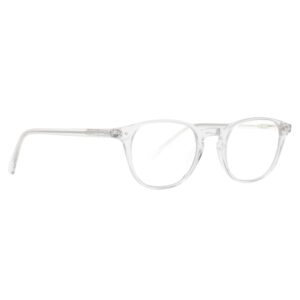
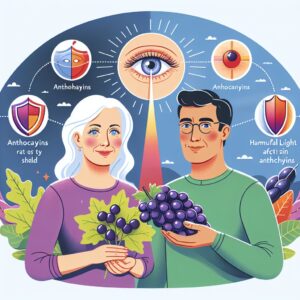
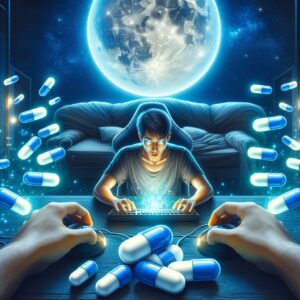
Leave a Reply